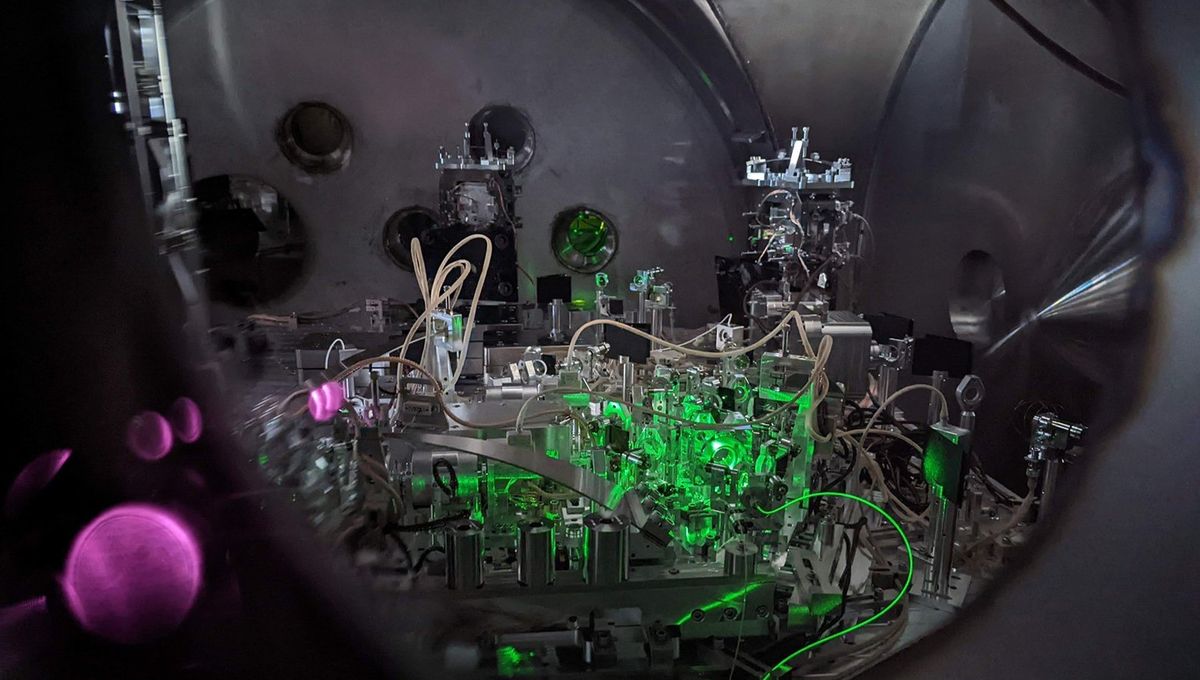
The Laser Interferometer Gravitational-Wave Observatory (LIGO) has surpassed its previous level of precision, finding a way to get around the quantum limit – the universe-intrinsic noise that used to restrict how precisely gravitational waves could be measured. The observatory uses lasers to spot variations in space-time that are 1/1,000th the width of a single proton, and there is a lot happening at that level.
That measuring level is astounding. It is equivalent to knowing the distance between the Sun and Proxima Centauri (its closest neighboring star) to a precision smaller than a human hair. And when distances get smaller than an atom, quantum weirdness rules. Space-time is not empty, particles pop into existence and disappear just as quickly, contributing to the quantum noise.
“We can’t control nature, but we can control our detectors,” Lisa Barsotti, a senior research scientist at MIT who oversaw the development of the new LIGO technology, said in a statement. “The quantum nature of the light creates the problem, but quantum physics also gives us the solution.”
The approach they took to improve the precision is called “frequency-dependent squeezing”. Quantum squeezing allows for control of the light and its precision by squeezing it in one trait (frequency, for example) but losing the precision in another – for example, the power. This is due to the uncertainty principle.
Due to the loss of power, since 2019 quantum squeezing has been done only on the upper frequency range of gravitational waves. But with the new setup, the frequency-dependent squeezing allows scientists to do this quantum trickery across the full range of frequencies that LIGO can detect.
“Before, we had to choose where we wanted LIGO to be more precise,” added LIGO team member Rana Adhikari, a professor of physics at Caltech. “Now we can eat our cake and have it too. We’ve known for a while how to write down the equations to make this work, but it was not clear that we could actually make it work until now. It’s like science fiction.”
The technical achievement is incredible and it has an important observational consequence. Getting around the quantum limit is expected to boost the number of detected mergers by 60 percent. LIGO is now observing a larger volume of the universe.
“Now that we have surpassed this quantum limit, we can do a lot more astronomy,” explained Lee McCuller, assistant professor of physics at Caltech and one of the leaders of the new study. “LIGO uses lasers and large mirrors to make its observations, but we are working at a level of sensitivity that means the device is affected by the quantum realm.”
Virgo, LIGO’s partner observatory, will also use frequency-dependent squeezing technology within the current run, which started last May and will continue until the end of 2024.
The study has been accepted for publication in Physical Review X.
Source Link: Gravitational Wave Observatory Reaches Beyond The Quantum Limit